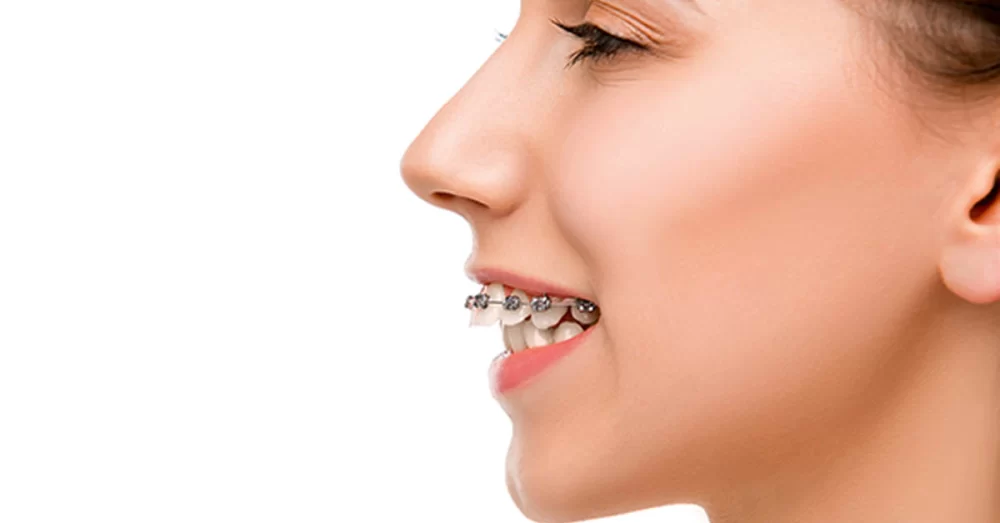
Orthodontic Treatments for Overbite Correction: Comprehensive Guide
- 1. Understanding Overbite: Causes and Impact
- 2. Treatment Options for Overbite Correction
- 3. Braces and Aligners for Overbite Treatment
- 4. Advanced Solutions for Severe Overbite Cases
- 5. Real-Life Case Studies and Success Stories
- 6. Making Informed Decisions: Choosing the Right Treatment
1. Understanding Overbite: Causes and Impact
Overbite, commonly known as "deep bite," is a dental condition where the upper front teeth excessively overlap the lower front teeth when the mouth is closed. This misalignment can cause discomfort, difficulty in chewing, and even lead to jaw pain and other complications. Understanding the causes of overbite—whether genetic, developmental, or due to habits such as thumb sucking—helps in selecting the most appropriate treatment.
2. Treatment Options for Overbite Correction
When it comes to overbite correction, several orthodontic treatments can help. The first step in treatment is consulting an orthodontist to determine the severity of the overbite and the most effective solution. Common treatment options include:
- Braces: Traditional metal braces are the most common choice for overbite correction, using brackets and wires to move the teeth into proper alignment over time.
- Clear Aligners: Invisalign and other clear aligners are an excellent choice for those looking for a more discreet option. These aligners work similarly to braces but are removable and virtually invisible.
- Functional Appliances: These devices are used for younger patients to adjust the position of the jaw and teeth, helping to correct the bite over time.
3. Braces and Aligners for Overbite Treatment
Braces are often the go-to treatment for overbite correction, especially when it involves complex dental issues. The process may take anywhere from 18 months to 3 years, depending on the severity. On the other hand, clear aligners like Invisalign offer a more subtle and flexible treatment, requiring less maintenance and providing better aesthetic appeal. Both methods have their pros and cons, but they share a common goal—straightening teeth and improving bite alignment.
4. Advanced Solutions for Severe Overbite Cases
In severe cases, where traditional methods like braces are insufficient, advanced treatments might be required. These include:
- Surgery: In rare and severe cases, corrective jaw surgery may be necessary to fix significant misalignments in the bite.
- Jaw Expanders: For children and teenagers, jaw expanders can help widen the upper jaw, which can reduce the severity of overbite.
- Retainers: Post-treatment, retainers are often required to ensure that teeth remain in their corrected positions and to prevent relapse.
5. Real-Life Case Studies and Success Stories
Many patients have successfully undergone overbite correction with orthodontic treatments. For example, Sarah, a 24-year-old woman, struggled with a deep overbite for years. After consulting with her orthodontist, she chose clear aligners for her treatment. Within 18 months, Sarah's smile was transformed, and she no longer experienced discomfort while eating or speaking. Her story is just one example of how effective these treatments can be.
6. Making Informed Decisions: Choosing the Right Treatment
Choosing the right treatment for overbite correction involves careful consideration of factors like age, the severity of the overbite, and personal preferences. It's essential to work closely with your orthodontist to understand all available options, potential costs, and the time required for treatment. By making an informed decision, you can ensure that your overbite correction journey is successful and that you enjoy lasting results.
Ready to take the first step toward correcting your overbite? Whether you opt for traditional braces or clear aligners, consulting with a professional orthodontist is key to finding the solution that works best for you. Don't wait—start your treatment journey today for a healthier, more confident smile.







 Lake Minnetonka Orthodontics4.0 (40 review)
Lake Minnetonka Orthodontics4.0 (40 review) Grzybicki Family Dentistry0.0 (0 review)
Grzybicki Family Dentistry0.0 (0 review) Studio Dental Arts5.0 (10 review)
Studio Dental Arts5.0 (10 review) Palo Alto Oral Health4.0 (18 review)
Palo Alto Oral Health4.0 (18 review) Coastline Dental - Dr. Randal Leoni5.0 (63 review)
Coastline Dental - Dr. Randal Leoni5.0 (63 review) Commonwealth Orthodontics & Pediatric Dentistry5.0 (279 review)
Commonwealth Orthodontics & Pediatric Dentistry5.0 (279 review) The Importance of Oral Health Education During Pregnancy for a Healthy Pregnancy
The Importance of Oral Health Education During Pregnancy for a Healthy Pregnancy Best Tips for Brushing Your Teeth Properly for Healthy Gums: Essential Techniques for Oral Health
Best Tips for Brushing Your Teeth Properly for Healthy Gums: Essential Techniques for Oral Health Why Skipping Dental Checkups Can Lead to Bigger Oral Health Problems
Why Skipping Dental Checkups Can Lead to Bigger Oral Health Problems Advantages of Porcelain Dental Restorations
Advantages of Porcelain Dental Restorations How Can Diabetes Cause Tooth and Gum Problems? Preventing and Managing Oral Health Issues
How Can Diabetes Cause Tooth and Gum Problems? Preventing and Managing Oral Health Issues Healthy Habits for Promoting Good Oral Health and Hygiene: Tips for a Healthy Smile
Healthy Habits for Promoting Good Oral Health and Hygiene: Tips for a Healthy Smile